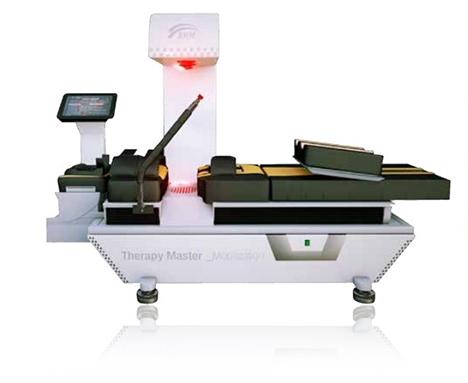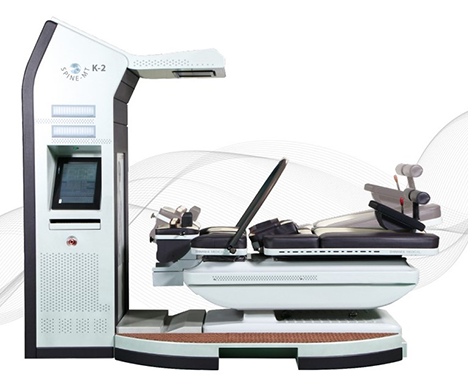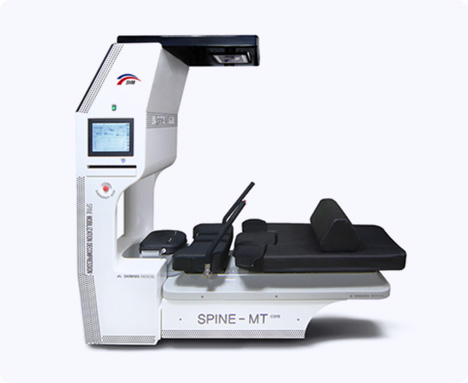Spinal decompression isn’t just effective—it’s backed by science. Clinical studies have shown:
- Success Rates: Over 85% of patients report significant pain relief and improved mobility after treatment.
- Disc Reabsorption: Studies reveal that herniated discs can reabsorb with consistent decompression therapy.
- Reduced Sciatica Pain: Patients with sciatica report notable reductions in pain and nerve irritation.
One standout study conducted on over 200 patients demonstrated that decompression therapy reduced chronic pain by up to 60% after just 10 sessions. These results highlight the potential of advanced decompression machines like the MT Core to transform spinal health.
Spinal decompression therapy has gained attention as a non-surgical treatment for conditions like herniated discs, sciatica, and chronic back pain. This therapy aims to alleviate pressure on spinal discs and nerves, promoting healing and pain relief. Understanding its effectiveness is crucial for both practitioners and patients.
Clinical Studies on Spinal Decompression Therapy
Several studies have evaluated the efficacy of spinal decompression therapy:
- Non-Surgical Spinal Decompression for Lumbar Radiculopathy: A 2022 study assessed the effects of non-surgical spinal decompression (NSD) combined with routine physical therapy on patients with lumbar radiculopathy. The results indicated significant improvements in pain reduction, lumbar range of motion, back muscle endurance, and functional disability compared to physical therapy alone.
- Posterior Cervical Fusion and Decompression Outcomes: A systematic review analyzed the outcomes of posterior cervical fusion with decompression in treating conditions like spondylosis and spinal stenosis. The study highlighted the importance of selecting appropriate surgical techniques to optimize patient outcomes.
- Decompression Alone vs. Decompression with Fusion in Lumbar Degenerative Spondylolisthesis: A meta-analysis compared decompression surgery alone to decompression with instrumented fusion for lumbar degenerative spondylolisthesis. The findings suggested that adding fusion may not provide additional benefits over decompression alone in certain cases.
Success Rates of Spinal Decompression Therapy
Success rates for spinal decompression therapy vary based on factors such as patient selection, specific conditions treated, and the combination of therapies used. Studies have reported success rates ranging from 53% to 86%. For instance, a study by Gose et al. reported a success rate of 86% in patients undergoing non-surgical spinal decompression therapy.
Spinal Decompression Australia
Conclusion
Clinical studies indicate that spinal decompression therapy can be effective in reducing pain and improving function in patients with certain spinal conditions. However, success rates can vary, and it’s essential to consider individual patient factors and the specific nature of the spinal condition when evaluating treatment options. Consulting with a healthcare professional is recommended to determine the most appropriate treatment plan.



